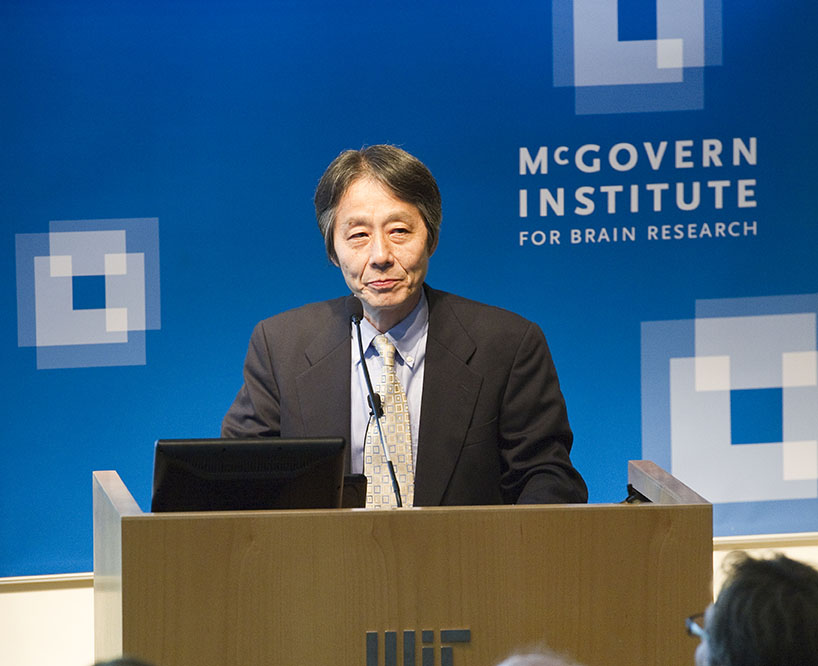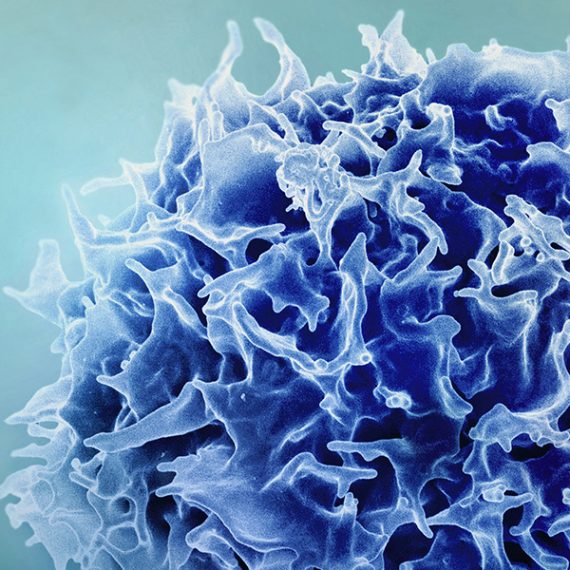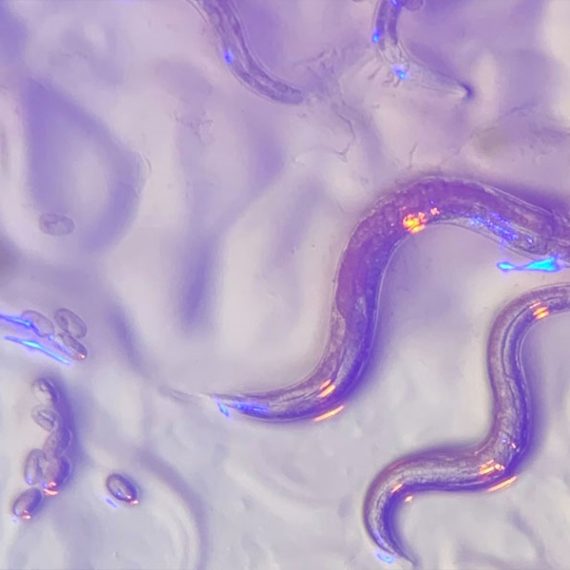Dr. Okihide Hikosaka: 2012 Sharp Lecture in Neural Circuits
"Choosing good objects – a basal ganglia mechanism"

The inaugural Sharp Lecture was given on March 1, 2012 by Okihide Hikosaka of the NIH, a leading expert on brain mechanisms of motivation and learning.
Many objects around us have values which have been acquired through our life-long history. This suggests that the values of individual objects are stored in the brain as long-term memories. Our recent experiments suggest that such object-value memories are represented in part of the basal ganglia including the tail of the caudate nucleus (CDt) and the substantia nigra pars reticulata (SNr). We had monkeys look at many visual objects repeatedly in association with different but consistent reward values: half of the objects associated with a large reward (good objects) and the other half associated with a small reward (bad objects). Initially there was little effect of the object-reward association learning. However, after learning sessions across several days, CDt and SNr neurons started showing differential responses to the good and bad objects. In the end, SNr neurons reliably classified surprisingly many visual objects (nearly 300 in each monkey, so far tested) into good and bad objects. This neuronal bias remained intact even after >100 days of no training, even though the monkey continued to learn many other objects. The object value signals in the CDt and SNr are likely used for controlling saccadic eye movements, because many of the SNr neurons projected to the superior colliculus and electrical stimulation in the CDt induced saccades. Our results suggest that choosing good objects among many depends on the basal ganglia-mediated long-term memories. This basal ganglia mechanism may play an underlying role in visuomotor and cognitive skills.




